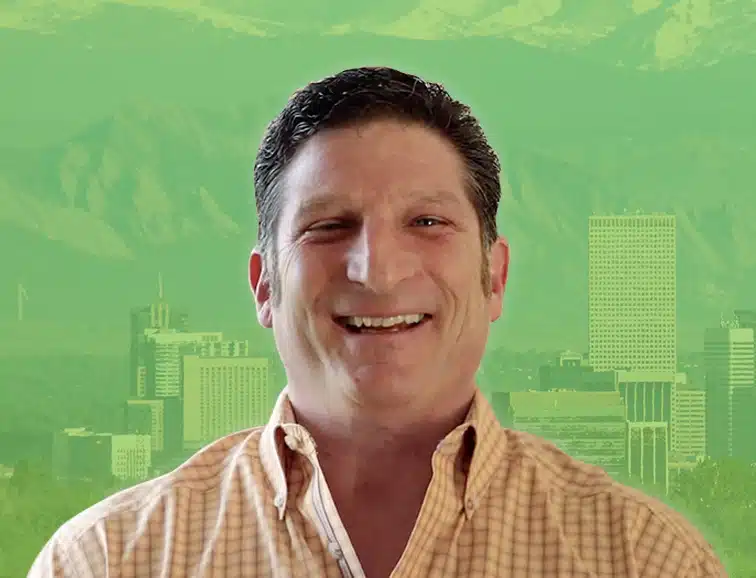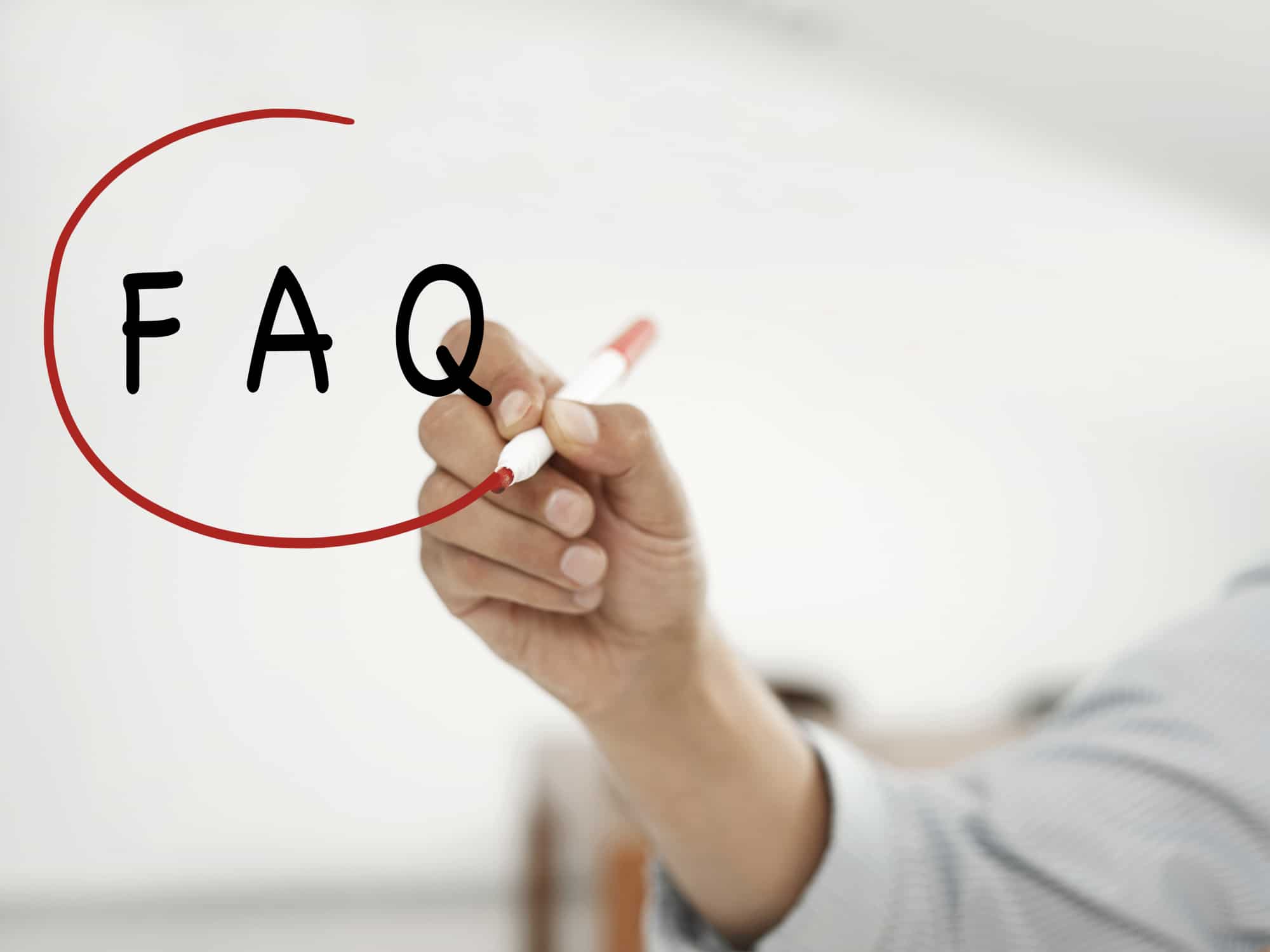Low-E glass windows are a smart way to save energy and stay comfortable. They help keep heat out in the summer and inside during winter, cutting down on energy bills. The coating on the glass reflects heat but still lets in natural light, keeping your home bright without temperature swings. They’re perfect for handling Denver’s unpredictable weather.
What Are Low-E Glass Windows and Why Do They Matter?
Ever thought about how Low-E Glass Windows could make your home more energy-efficient, especially with Denver’s crazy weather?
Low-E glass, or low-emissivity glass, has a super-thin, invisible coating that helps control heat transfer.
Think of it as a smart shield for your windows—keeping your house warm in winter and cool in summer.
So, why does this matter in a place like Denver?
With its wild temperature swings and over 300 sunny days a year, energy-efficient windows aren’t just nice to have—they’re essential.
This type of coating prevents heat from escaping during freezing winter months and blocks heat from invading during scorching summers.
Plus, they let in plenty of natural light while improving your home’s overall energy efficiency.
How tough Low-E glass is depends on how it’s made.
Pyrolytic coatings are baked onto the glass, creating a durable layer great for single-pane windows.
On the other hand, soft-coat layers are added using a different method and need to be protected inside double or triple-glazed windows for lasting performance.
Thanks to these innovations, these high-tech windows are a real game-changer for handling Denver’s intense climate.
How Low-E Coatings Make Windows Energy Efficient
Low-E glass windows help turn regular glass into energy-saving tools.
These thin, clear layers are made to cut down on heat transfer, which helps keep your home comfy through Denver’s changing weather.
Whether it’s the hot summer sun or icy winter air, Low-E coatings keep your indoor temps steady all year long.
Here’s how they work: Low-E coatings reflect heat.
In winter, they keep heat inside your home.
In summer, they block heat from getting in.
This means your HVAC system works more efficiently and can contribute to reducing energy consumption.
That’s not all.
Low-E glass windows also block up to 99% of harmful UV rays.
This protects your floors, furniture, and art from fading.
Even better, they do all this without cutting out natural light.
Low-E glass keeps your home bright and open while quietly handling climate control.
Types of Low-E Coatings
Low-E coatings aren’t all the same—they’re designed for different weather and needs.
The two main types are Passive Low-E Coatings (Hard-Coat) and Solar Control Low-E Coatings (Soft-Coat).
Passive Low-E Coatings (Hard-Coat) are made during the glass-making process at high heat.
The coating bonds to the glass, making it tough and long-lasting.
These coatings are great for cold climates, such as the winters in Denver, because they help keep heat inside by cutting down on infrared energy loss.
This means your home stays warm more efficiently.
Solar Control Low-E Coatings (Soft-Coat) are made in a vacuum with a precise layering process.
Though softer and more fragile than hard-coat, soft-coat is great for keeping out solar heat in hot months.
This is especially beneficial during Denver’s warmer seasons.
It works best with multi-pane windows, blocks UV rays effectively, and still lets in plenty of natural light.
Picking the right Low-E Glass Windows depends on what your home needs—keeping heat in, keeping heat out, or saving energy.
Both types have their perks, but their purpose is the same: to boost window performance and make your home more comfortable all year.
How Low-E Glass Is Made
Low-E glass windows work well because of the special ways they’re made, which make them strong and energy-efficient.
Two main methods are used to add Low-E coatings: pyrolytic coating and vacuum sputtering.
In the pyrolytic method, a tough layer of tin oxide is added to the glass while it’s still hot during manufacturing.
This forms a “hard coat” that’s strong and great for single-pane windows.
These windows are very durable, so they’re a good choice for places where they’ll get a lot of use or wear.
Vacuum sputtering, on the other hand, applies thin layers of silver or metal to the glass in a vacuum.
This creates a “soft coat” that’s great at keeping heat from passing through and blocking UV light.
But because it’s more delicate, soft-coat glass is sealed inside insulated double panes to make it last longer.
Both methods save energy, but which one is best depends on what the homeowner needs.
Whether it’s the strength of a hard coat or the higher efficiency of a soft coat, these techniques ensure Low-E glass windows are an excellent choice for Denver homeowners dealing with Colorado’s varying climate conditions.
Where to Place Low-E Coatings on Glass
Choosing the right spot for Low-E coatings on glass is key to better energy efficiency and performance.
In Denver’s tough weather, the placement matters.
It helps with year-round insulation and makes a big difference in improving comfort and reducing energy use.
Low-E coatings are often applied to either the inside of the outer pane or the outside of the inner pane, depending on specific needs.
Placing the coating on the outer pane can help block solar heat in the summer by reflecting sunlight while still allowing natural light to enter.
Conversely, applying it to the inner pane helps retain indoor heat during the colder months, making it easier to maintain a warm home environment.
Each placement works best for specific goals, and understanding factors like solar heat gain (SHGC) and U-values—two important efficiency ratings—can guide these decisions.
The experts at Energy Window Solutions of Colorado evaluate these details to ensure your Low-E glass windows are perfectly tailored for Denver’s varying climate.
Stay comfortable, reduce energy consumption, and be ready for any weather.
How to Pick the Best Low-E Glass Windows for Denver’s Weather
Choosing the right Low-E Glass Windows for your Denver home means finding a good mix of energy savings and year-round comfort.
Denver’s weather swings from freezing winters to hot summers, so you need windows that can handle both.
To start, learn about two key ratings: Solar Heat Gain Coefficient (SHGC) and U-value.
A lower SHGC helps cut heat during Denver’s hot summers, while a low U-value keeps warmth inside during cold winters.
For Denver’s mix of heat and cold, windows with medium SHGC and low U-value often work best.
Next, think about the type of Low-E coating.
Passive Low-E coatings (or hard-coat) are tough and keep indoor heat from escaping—great for snowy winters.
Solar control Low-E coatings (or soft-coat) reflect heat and block UV rays, making them better for warmer, sunnier days.
Many homeowners choose a mix that works for their home’s sun exposure and layout.
The best way to decide?
Work with Energy Window Solutions of Colorado, experts who understand Denver’s unique weather challenges.
They’ll help you pick the right windows for comfort and energy savings all year long.
Why You Should Install Low-E Glass Windows
Adding Low-E glass windows to your home is like upgrading it for comfort and energy efficiency all year.
These advanced windows reduce heat transfer, meaning your HVAC system doesn’t have to work as hard.
The result? Improved energy efficiency and a more comfortable living environment.
Whether it’s a hot summer day or a chilly winter night in Denver, these innovative windows help keep your home’s temperature balanced.
One significant benefit is better indoor comfort.
These energy-efficient upgrades have special coatings that block infrared heat, keeping your home warm in the winter and cool in the summer—while still allowing natural light to brighten your interiors.
Additionally, they reduce UV rays, which can fade furniture, carpets, and curtains.
You still enjoy sunlight while protecting your interiors from damage.
There’s another environmental advantage as well: installing these windows helps you live greener.
By reducing the energy needed to heat or cool your home, you’re also helping to lower your carbon footprint—an appealing choice for residents in Denver who prioritize sustainability.
In summary, Low-E glass windows are an excellent upgrade that improves energy efficiency, enhances comfort, and supports eco-friendly living.
Boosting Natural Light With Low-E Glass

Low-E glass windows are excellent for keeping your home bright and full of natural light while protecting against harmful UV rays.
Unlike ordinary glass that can either allow too much heat or block out light entirely, these windows strike the perfect balance.
Your living spaces stay illuminated and energy-efficient.
The key lies in their unique coating.
Thin layers on the glass reflect heat while permitting natural light to pass through.
It’s comparable to wearing high-tech sunglasses that guard your eyes while keeping your vision clear—but in this case, it enhances your entire home.
For Denver residents, this advantage is vital.
With intense summers and chilly winters, Low-E glass ensures comfort throughout the year without sacrificing brightness.
Enjoy sunlit mornings in winter’s chill and a glare-free, cool home during the peak of summer heat.
Creating a well-lit home is about more than aesthetics—it’s about cultivating an inviting, productive environment.
Open, sunny spaces feel more expansive, welcoming, and energy-conscious.
If you’re seeking an eco-friendly way to maximize natural light, Low-E glass windows make an excellent choice.
How Long Low-E Glass Windows Last
Low-E glass windows are designed to withstand the varying weather conditions found in Denver.
They are built to endure cold winters, hot summers, and even hailstorms.
Their durability stems from the advanced construction techniques used.
Pyrolytic coatings, applied during high-heat production, form a resilient single-layer shield.
Similarly, soft-coat methods, using thin silver layers between glass panes, enhance performance when the windows are properly sealed.
Caring for Low-E glass windows is straightforward but important.
To maintain their efficiency, Low-E windows can be gently cleaned with non-abrasive, ammonia-free products.
For inspections of seals and frames, we recommend consulting a professional to address any issues caused by Denver’s extreme temperature swings.
Low-E coatings are made to last.
Unlike standard glass, they resist damage from UV rays and harsh environmental factors.
Opting for Low-E glass windows isn’t just a decision to boost energy efficiency or indoor comfort—it’s a smart choice for durability and long-term value.
Why Low-E Glass Windows Are Good for the Environment
Adding Low-E glass windows to your home is a smart move for you and the planet.
These windows help cut down your home’s carbon footprint.
They keep heat in during the winter and block it out during the summer, so you don’t rely as much on your heater or air conditioner.
This means you use less energy, which leads to fewer greenhouse gases from power plants.
These windows can support Denver’s sustainability initiatives by improving energy efficiency in residential spaces.
By reducing heating and cooling demands, they may align with Colorado’s broader environmental goals.
They meet energy standards, making homes both comfortable and eco-friendly.
Another benefit? The Low-E coating blocks harmful UV rays, protecting furniture, floors, and decor from damage.
This means you’ll replace items less often, reducing waste and contributing to a cleaner planet.
Switching to Low-E windows isn’t just an upgrade—it’s a way to live sustainably while keeping your home cozy and efficient in Denver’s changing climate.
Common Myths About Low-E Glass Windows
There are a lot of myths about Low-E glass windows that make people hesitate.
One common myth is that these windows cost too much.
While Low-E glass windows may initially cost more than traditional windows, their energy efficiency can contribute to long-term savings depending on your usage and home conditions.
They’re a practical, long-term choice for homeowners in Denver dealing with changing weather.
Another myth is that Low-E windows make rooms too dark by blocking sunlight.
This isn’t true.
The special coating on Low-E glass is specifically designed to block harmful UV rays while still allowing natural light to enter.
Your rooms will remain bright and welcoming, and your furniture and floors will be better protected from fading over time.
Some folks also think these windows are only for new homes or that older houses don’t benefit from them.
In reality, Low-E windows enhance energy efficiency in homes of any age.
They’re not just designed for aesthetics—they’re a functional and effective solution for staying comfortable throughout the seasons in Denver’s unique climate.
Lastly, people worry that Low-E coatings might impact a window’s style or clarity.
However, modern coatings are nearly invisible and integrate seamlessly into various home designs.
They provide clear views while helping to make your home more energy-efficient.
What to Look For When Buying Low-E Glass Windows
If you’re shopping for Low-E Glass Windows for your Denver home, knowing the key features can help you pick the right ones.
Here’s a simple guide:
Visible Light Transmittance (VLT) shows how much natural light the window lets inside.
A higher VLT means more sunlight comes through, keeping your space bright and cozy.
Additionally, the right windows can block harmful UV rays to help protect your furniture and floors.
Emissivity ratings tell you how well the Low-E coating reflects heat.
A lower number means less heat passes through, which is beneficial for Denver’s fluctuating weather.
When combined with insulated glass, these windows contribute to maintaining a comfortable indoor climate year-round.
It’s also smart to check for energy certifications like ENERGY STAR ratings.
These certifications ensure the windows are energy-efficient for Denver’s specific climate.
Metrics like the solar heat gain coefficient (SHGC) and U-values indicate how windows can help manage heating and cooling.
Actual energy savings will vary based on factors like home insulation and proper installation.
By focusing on these features, you’ll find Low-E Windows that provide comfort, perform well over time, and help improve energy efficiency.
Why Pick Energy Window Solutions in Denver?
If you’re looking for energy-efficient windows in Denver, Energy Window Solutions of Colorado is a top choice.
They understand Colorado’s unique weather, from the hot summer sun to the cold winter chill, and specialize in installing Low-E glass windows to boost energy efficiency and keep your home comfy.
What makes them different isn’t just their skills — it’s their focus on keeping customers happy and informed.
They tailor each project to your needs, whether you’re replacing old windows or improving home performance.
Using high-quality materials, like passive and solar-control coatings, they create solutions that work well with Denver’s changing weather.
When you partner with Energy Window Solutions, you’re not just getting new windows.
You’re making a lasting investment in your home.
Their expertise with energy-efficient Low-E windows aims to enhance energy savings and provide a stylish, reliable solution tailored to your home’s needs.
Ready to upgrade?
Trust Energy Window Solutions for a smooth, professional process that improves your home inside and out.
FAQs
What are Low-E glass windows, and why should I get them for my home in Denver?
Low-E glass windows enhance energy efficiency by minimizing heat transfer and blocking harmful UV rays, all while allowing natural light to filter through. In Denver’s cold winters and hot summers, these windows help maintain a comfortable temperature in your home year-round.
Will Low-E coatings reduce the natural light in my home?
No, they won’t! Low-E coatings allow visible light to pass through, keeping your home bright and inviting. They primarily block infrared and UV rays, so your home stays well-lit without excess heat or fading of furniture.
Are there different types of Low-E coatings?
Yes, there are two main kinds: hard-coat (passive) and soft-coat (solar control). Hard-coat is durable and ideal for cold climates, while soft-coat is better at regulating heat, making it particularly effective during Denver’s sunny summers.
How do Low-E glass windows make my home more comfortable?
These windows help regulate indoor temperatures by retaining warmth in the winter and reflecting heat in the summer. This ensures your home stays comfortable while reducing the strain on your HVAC system.
Why choose Energy Window Solutions of Colorado for Low-E windows?
Energy Window Solutions offers top-tier, energy-efficient window systems customized for Colorado’s climate. Their expertise guarantees the perfect solution for optimizing comfort and energy savings in your Denver home.








